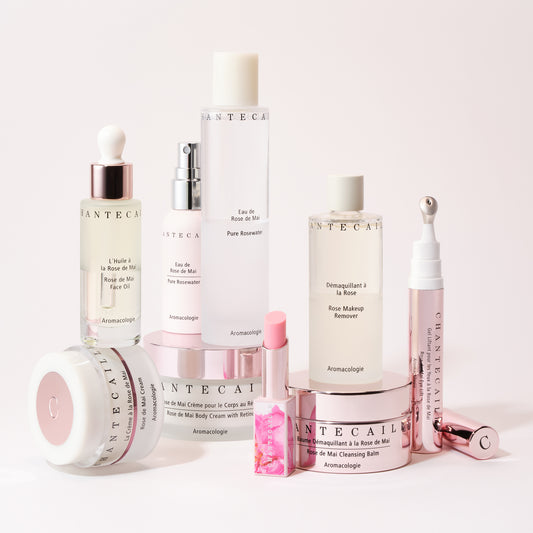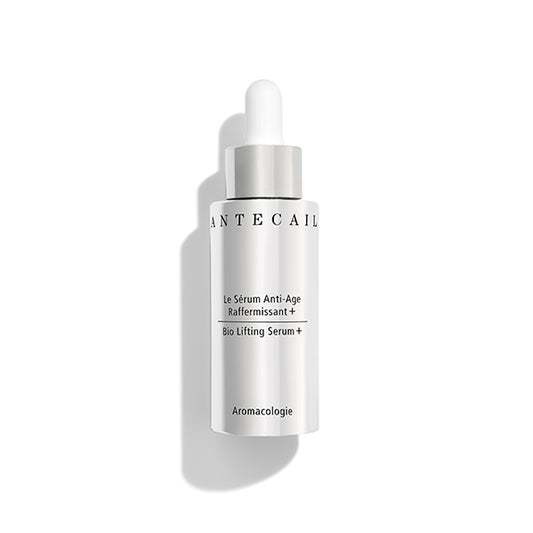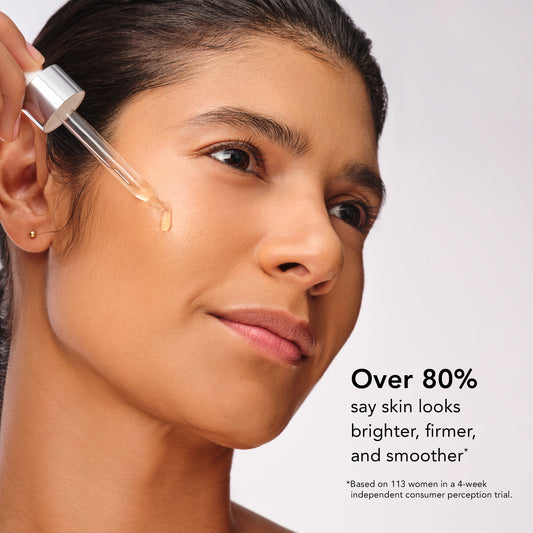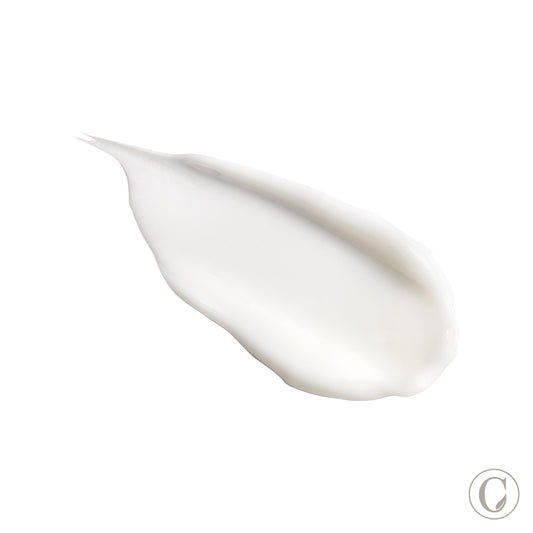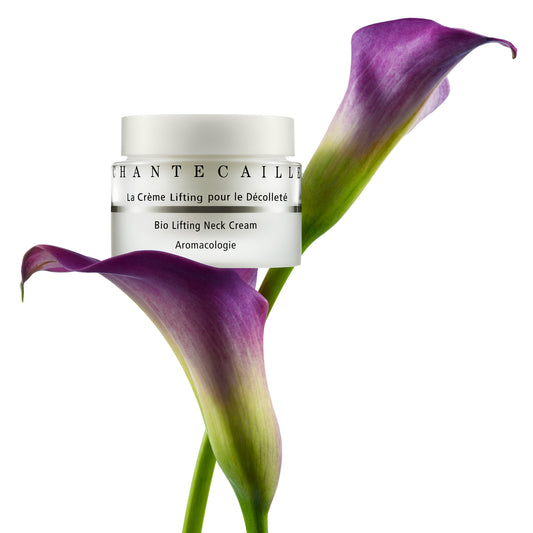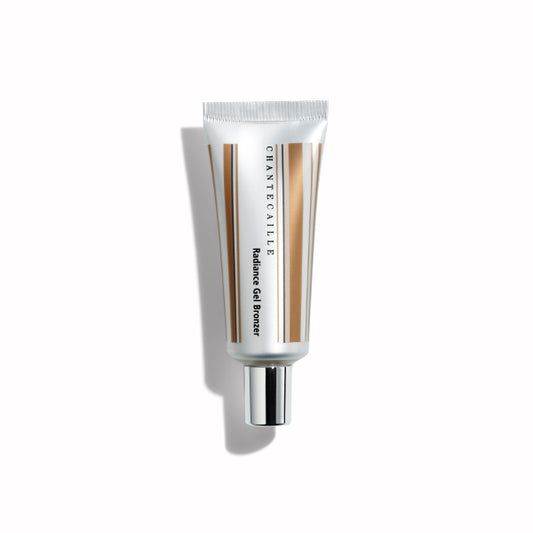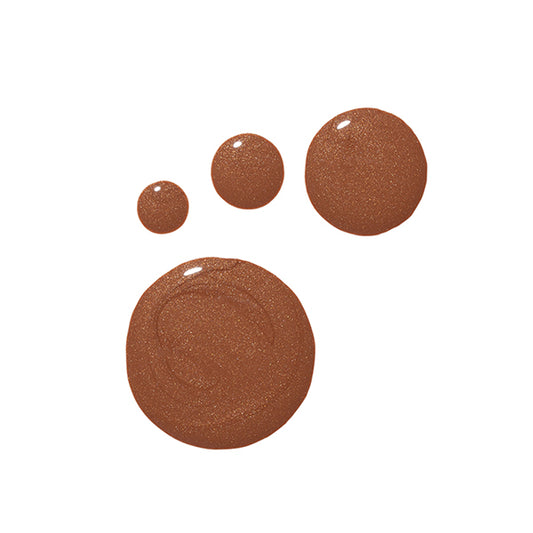
The Super Naturals
Plant stem cell extracts are skincare's purest powerhouse anti aging ingredient. They're made in a lab, but they're natural—and also sustainable. Here's everything you need to know about why and how they work.
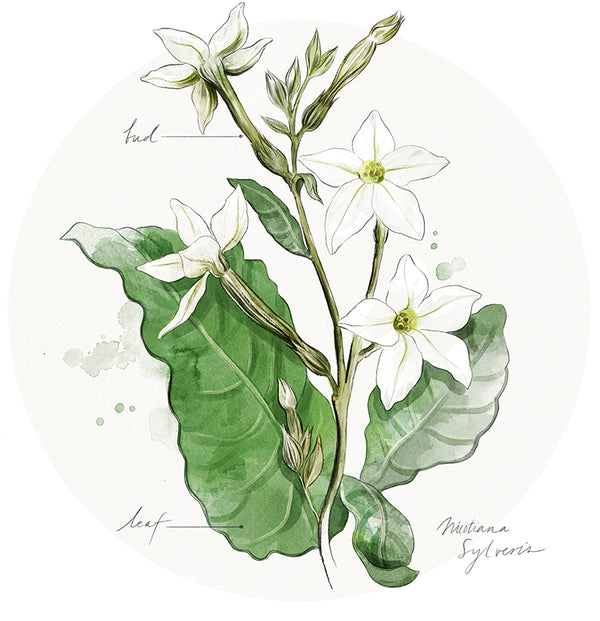
The Nicotiana sylvestris (flowering tobacco) plant, one of many sources of plant stem cells
A decade ago, Chantecaille was among the first beauty companies to use what were then newly engineered plant stem cells, by incorporating apple stem cells into the formula for Nano Gold Energizing Face Cream. Founder Sylvie Chantecaille had been intrigued by what she’d been learning about their potency: “As a girl, I spent long afternoons reading Paris Match in our attic surrounded by crates of drying, wrinkled apples. So when I heard about the research on the non-wrinkling apple whose stem cells had antiaging properties, I was extremely interested in how they could be used in skincare,” she recalls.
After the success of apple stem cells, Chantecaille continued to explore new plant stem cell extracts in skincare, from sources such as raspberries (Bio Lifting Serum+), coffee (Bio Lifting Cream+), flowering tobacco (Gold Recovery Mask), tomatoes (Nano Gold Energizing Eye Serum), eggplant and cannabis (CBD 300 Face and Body Cream). But even though these extracts are now well established in cosmetics, their origins remain quite mysterious to most people looking for a daily youth boost from their creams and serums. Here’s their story.

Plant stem cells under a microscope
THE ORIGIN OF PLANT VITALITY
Plant stem cells are a specific type of plant cell that is able to self-renew and differentiate into any specialized cell type within the plant—like a leaf cell, root cell, or flower cell. (They are also referred to as “mother cells,” which may ring a bell from 9th grade biology.) They are concentrated in parts of the plant where growth takes place, like the roots, buds and fruit.
In a laboratory, plant stem cells are typically cultivated from small snippets of plant tissue. These are sterilized and grown in a solution of nutrients into a “callus”—a kind of jelly-like blob—that contains stem cells. Once formed, the callus can be screened for properties of interest to scientists—think anti-aging or anti-redness.
These plant stem cells are incredibly powerful and versatile, and also very resilient. “They serve as the origin of plant vitality because they never undergo an aging process,” explains Marta Cammarano, Chantecaille’s VP of Research and Product Development. “They stay young throughout the life of the plant.”

Growing cell cultures (center) to process Bionymph Peptide
BUILDING ON NATURE’S DESIGN
Once generated, plant stem cells are then stressed to amplify their most powerful traits, mimicking a natural process that helps plants to adapt and thrive in difficult environments.
Outdoors, plants exposed to stresses like cold, excessive sunlight and other extreme conditions produce defensive molecules needed to survive and adapt to their environments. In much the same way, scientists reproduce stressful conditions for plant stem cells in containers, triggering them to produce phytonutrients like antioxidants, sugars and peptides that can be potentially beneficial for skin.
In this regard, plant stem cells are used as powerful “bio factories,” as Cammarano puts it, to create different cosmetic ingredients with proven visible effects on skin. Phytonutrients from different plants have been shown to moisturize the skin, leaving it more visibly plumped; fend off free radicals; calm the appearance of redness; and reduce visible signs of age, like fine lines, wrinkles and dark spots.
What this all translates to? Stem-cell infused skincare, packed with various antioxidants and anti-inflammatory molecules, helps the skin fend off damaging free radicals to visibly slow the aging process.

Bionymph Peptide is a plant stem cell extract powering many of our skincare products
BETTER, CLEANER, MORE SUSTAINABLE
In addition, lab-produced plant stem cell extracts have a number of advantages over natural extracts obtained through regular farming. “You can extract the potent part from a tiny plant grown in a lab, using no earth and very little water, rather than destroying a whole field of plants in order to produce an ingredient,” Sylvie says.
- They are highly potent. Plant stem cell extracts are typically more concentrated then most natural extracts.
- They are better for the environment. Plant stem cells produced in a lab typically require 10 to 30 times less water than field farming, very little soil, and no pesticides.
- They offer a clean and consistent supply of natural ingredients, as they are not limited to harvest or seasons.
In a way, you could say that plant stem cells improve on nature – they’re nature 2.0. In their power and efficiency, they’re the perfect marriage of nature and science to generate beautiful-looking skin.

